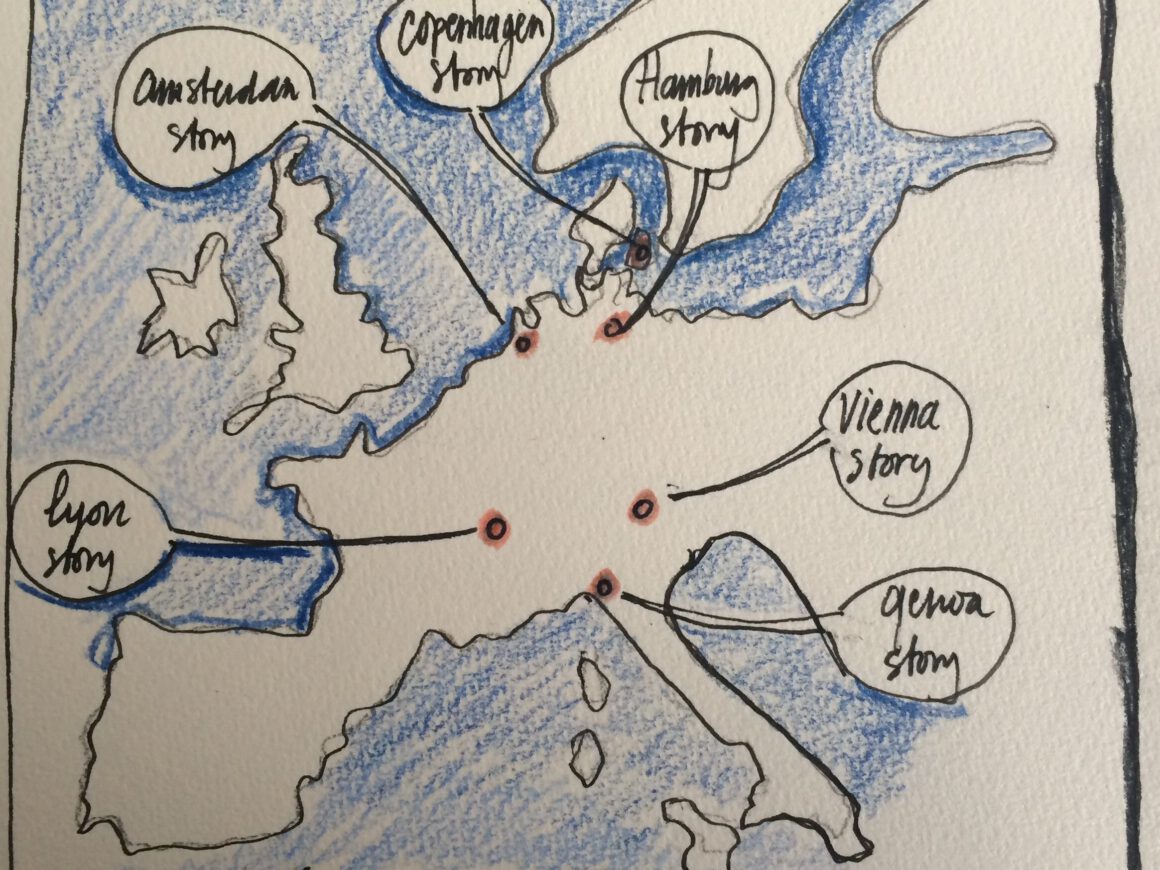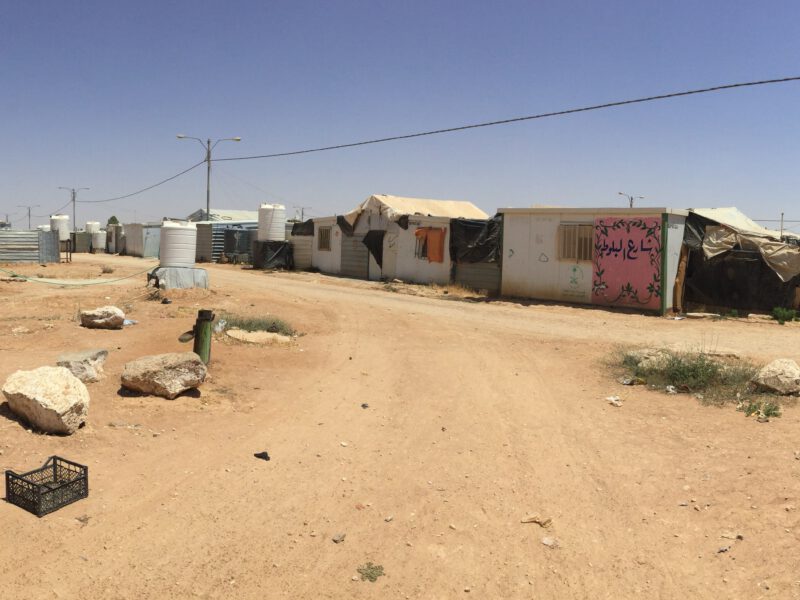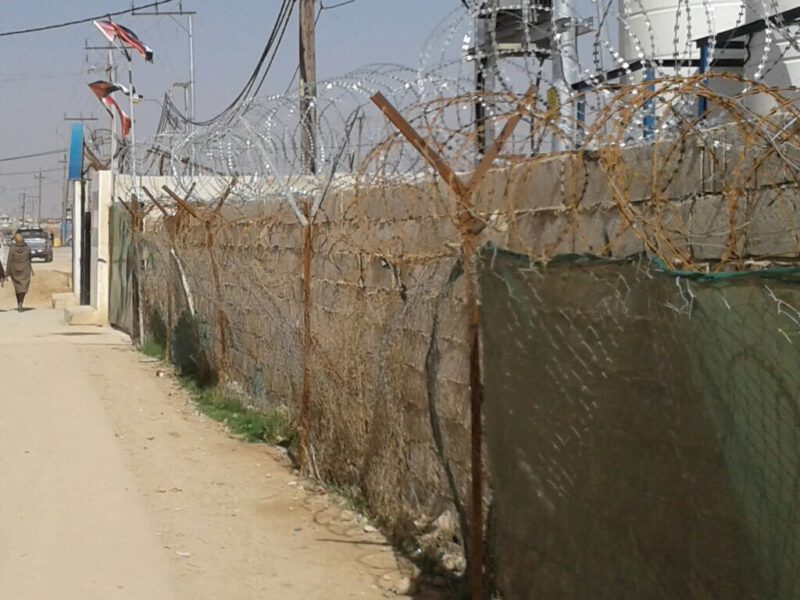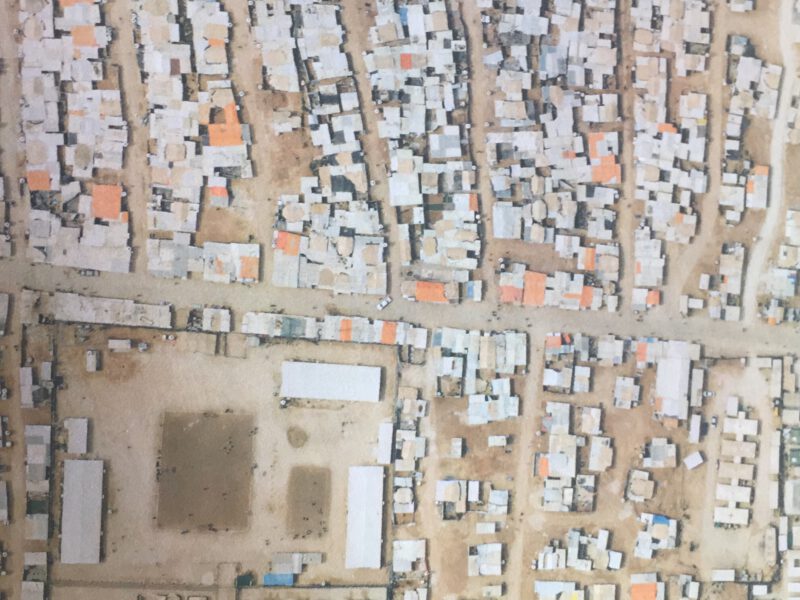The Transform project is working towards the end meeting in June 2015. It is our task to finish our work and show the added value of this project to our colleagues, directors and politicians. But how can we bring about a project that is so vast, complex and challenging?
How do we explain people that have no time to read thick reports full of jargon, abbreviations and background information? Framing the project and telling compelling and convincing stories of our experience is therefore needed.
In the last weeks I understood that my story, based on my experience, will be different than the experience and the story of all my colleagues and partners in TRANSFORM. I also realized that I can tell multiple stories: about the content, about the experience of European cooperation, about the struggle that transformation is, about coordination, about true partnership or about organization and strategy.
Transform is solving problems
Last year I attended the Smart City Event in Amsterdam and one of the speakers explained about ?smart parking solutions?. He told that in his city the parking places were equipped with sensors. When a car leaves and the parking lot becomes empty it is detected and shown on an smart phone app. New visitors can look on the app and know where they can park.
It sounds smart but it is stupid
If 1.500 car drives use the app and start rushing your town in the direction of the free lot, 1.499 cars will be too late. Causing traffic jams, polluting the city, and maybe causing accidents, annoying pedestrians and cyclist. Maybe the app is a smart solution if one person owns it but for the city it solves nothing. It only causes problems.
TRANSFORM solves real problems
For energy transition TRANSFORM developed a two-step approach: 1) Visualizing energy usage and potential data and 2) modeling solutions to involve stakeholders.
The energy system of cities is rather vast and complex. My city counts 400.000 homes and thousands of offices and business buildings; all connected to infrastructures like electricity, sewerage, data, gas and phone. The other sites of the grids are facilities like power plants, data centers, cleaning facilities and gas producers.
If it comes to energy Amsterdam is almost completely reliant on fossil fuels like gas for heating, electricity is mostly produced by fossil fuels as well. You can imagine that transforming the system towards a low carbon, or better non-carbon, is complex and challenging. Most people know that change is needed and you probably know the reasons why.
Step one: Visualizing big data
To start transition we first need to visualize! Explaining and convincing politicians, civilians, partners and stakeholders is one of the first challenges of Transform. Vast amounts of data (Big Data) are collected and visualized on the map of the city giving the people insight in their energy world. The result you can find on: maps.amsterdam.
Next step: Modeling solutions and involve stakeholders
The next step is the ?Decision Support Tool? tool. Accenture and AIT, two transform partners has built an energy simulation tool, on which I posted before, that is able to simulate and show transformation measures for urban energy development and redevelopment. Based on the outcomes, cities and all stakeholders can develop their transformation agenda and business case: a smart solution for cities that want to transform their energy systems.
Making a difference
Transform is not building gadgets but offering real smart solutions with positive impact for cities. Transform aims to help cities to transform, building low carbon energy infrastructure and smart urban planning. Solutions like energy mapping and the decision support environment will help cities in a positive way to solve real problems based on real data.



